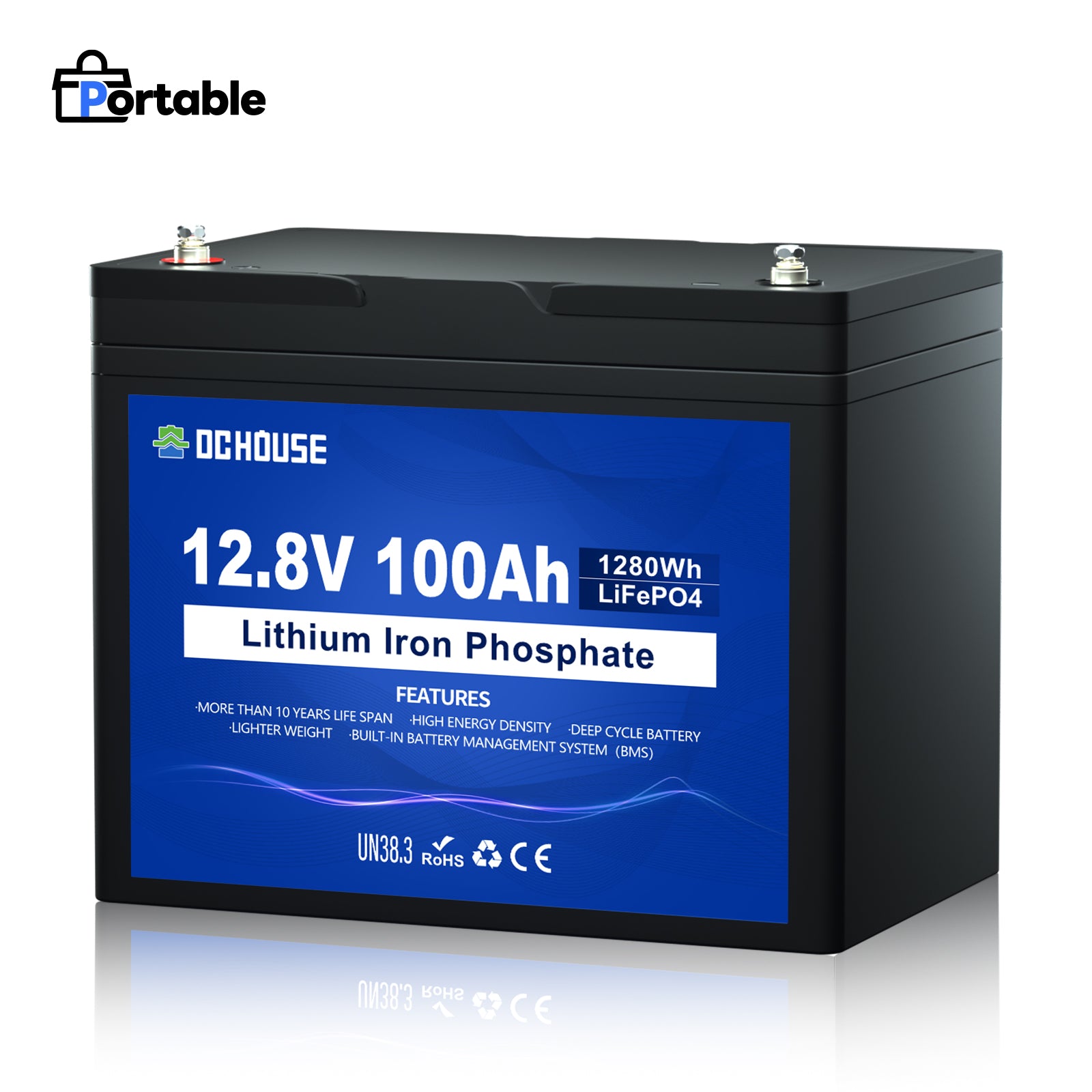How to choose batteries for an off-grid cabin
Benefits of Battery Storage
Suitable Battery Types
Assessing Your Power Needs
Determining Battery Capacity
Battery Series and Parallel Connections
Recommended DC HOUSE LiFePO4 lithium battery models for off-grid cabins
Title
Title
Title
Title
Title
Title
Title
Title
Title
Title
Title
Title
Title
Title
Title
Title
Title
Title
Title
Title
Title











 UK
UK
 DE
DE
 FR
FR
